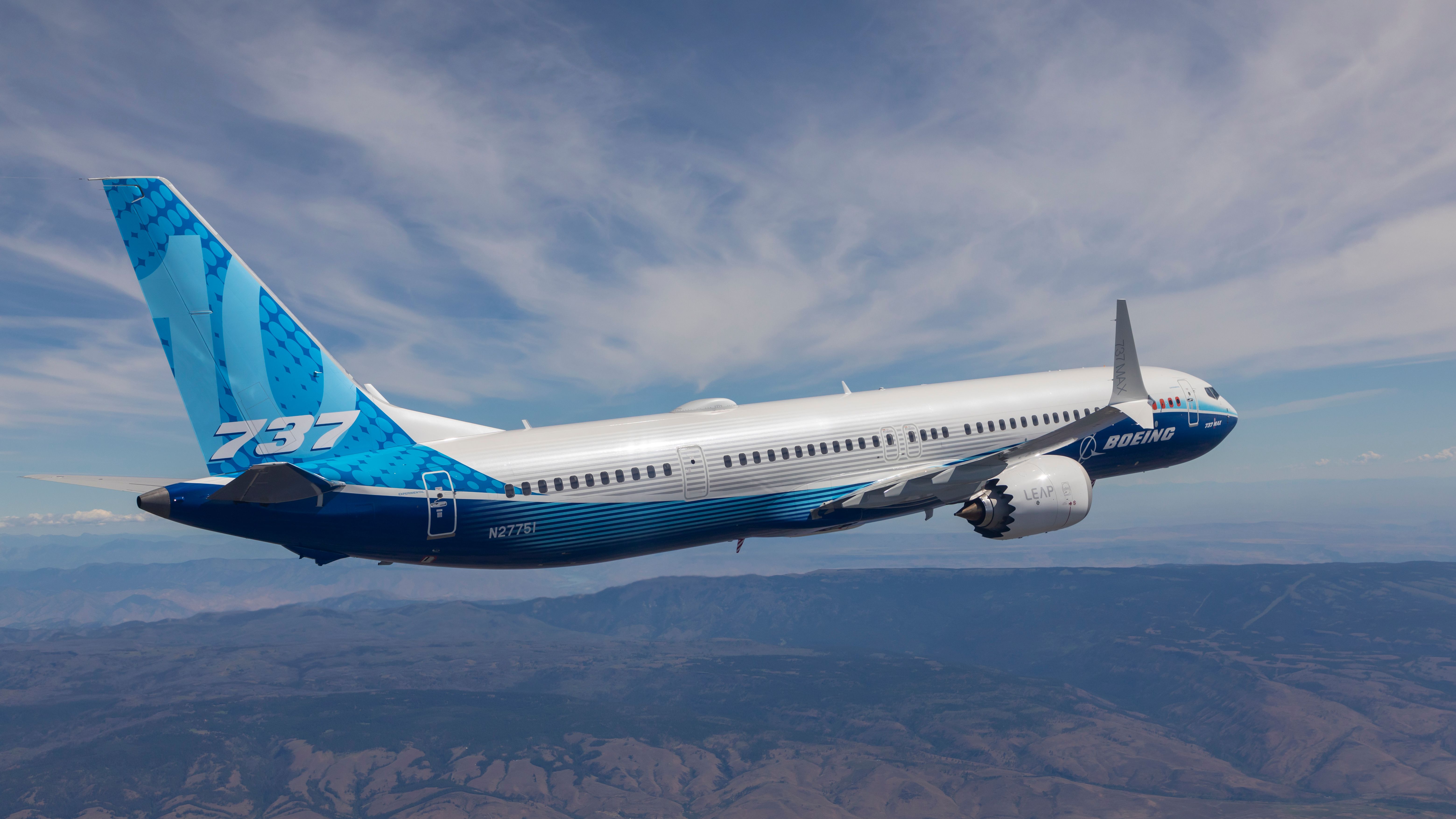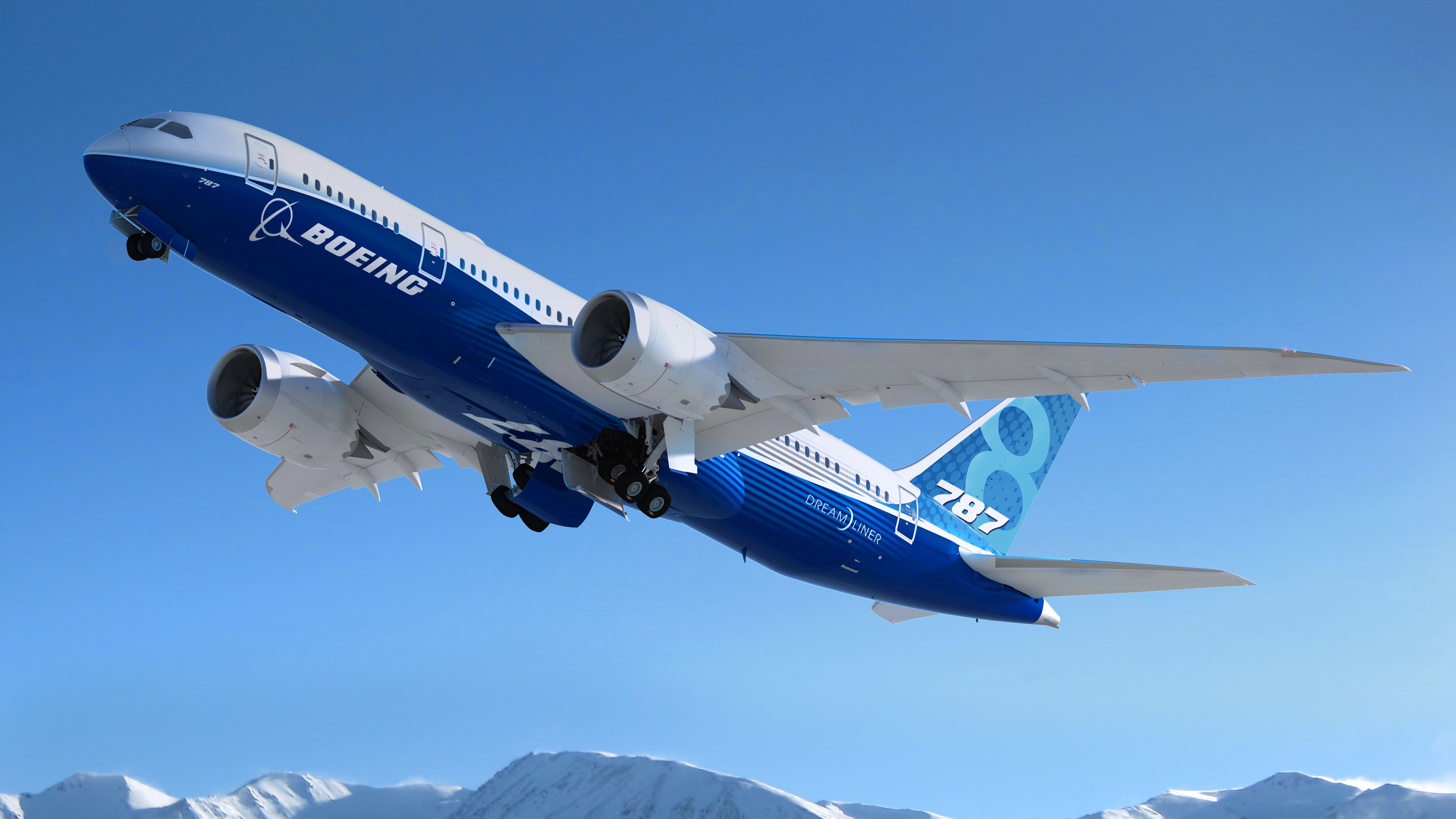The Boeing 737 is one of the most recognizable narrowbody commercial aircraft ever built. From the mean-looking shape of its windshield to its low ground clearance and sharp features, the style of the Boeing 737 has remained unique and eye-catching throughout the decades.
Though the general look of the aircraft has remained mostly the same to today, the Boeing 737s we see flying now are slightly different from the originals - such as the Boeing 737-100 and -200 variants. The type has gone through several other series over the years, with some key differences between them.
Ranging from the -300 to the sleek new MAX 10, each new evolution after the very first iterations saw Boeing introducing new features and enhancements besides an extended fuselage. While it can get confusing, here's how you can tell the difference between the various series.
Spot the difference: A quick guide
If we divide the 737 family into its four key groups, it can be relatively easy to identify each series of airplanes. For example:
- Originals: The original series (the -200 and -100) had very small but long pod engines nestled under each wing. They had no wingtip structures and are much shorter than any other 737 you'll see today. Added to this, there are none in passenger operation today, so the only place you're likely to spot one is in an aviation museum.
- Classics: The Classic series (-300, -400 and -500) had larger engines than the Originals, which meant they had to be shifted forward on the wing. They also had to be flattened at the bottom for ground clearance, giving them a 'hamster pouch' appearance. This was also the first 737 to have a 'dorsal fin' added to the vertical stabilizer. You might also notice the separate fan exhaust fitted to these.
- Next generation (NG): The NGs (-600, -700, -800 and -900) are the most prolific 737s you'll see around today. Most of the differences between these and the Classics are subtle, such as larger vertical stabilizer and larger wing span, so not easy to spot unless you put them side-by-side. The engines are bigger - they are still flattened at the bottom, but are more rounded than the Classics. More of these are likely to have blended wingtips added, and some of the -900ER even have split scimitar wingtips (although not the same as the MAX series wingtips).
- MAX: The 737 MAX 7, 8, 9 and 10 (also called the 737-7, -8, -9 and -10) employ some of the technologies used in the Dreamliner to improve efficiency. This has led to the easiest by far way to tell a MAX apart from other 737s - the serrated nacelles on the engines. This feature reduces noise from the engines, and was born out of Boeing's ecoDemonstrator program. As well as this, MAX aircraft have the largest engines of all the 737 family, a longer tailcone and bespoke split wingtips with a larger upper tip.
Of course, each of these four families is further divided into various shrinks or stretches of the original type, making it even more difficult to narrow down the airplane type you're looking at. Let's go through all the iterations of the 737 in detail to see how you can tell them apart.
The Boeing 737 Original
The very first 737s, known as the 'Original' series, consisted of the Boeing 737-100 and -200s. Only 30 of the -100s were produced, mainly for Lufthansa. Telling the -100 apart from the -200 is not easy, as the only real difference is length. The -200 is around 1.5 m longer than the -100, but unless you're standing in front of both at the same time, that's not going to be easy to spot. Nevertheless, if you do see an Original (probably in a museum) count yourself lucky because they are a very rare bird these days.
The Boeing 737 Classics
Next to come was the Classic series, which was comprised of the -300, -400, and -500 variants. Production of the Classic series began with the Boeing 737-300 in 1984, and the aim was to increase capacity with better fuel efficiency than the Original.
Boeing 737-300
Contrary to the first two variants of the Boeing 737 program, the Boeing 737-300 stood out distinctively with its new engines. The aircraft uses CFM56 turbofan engines, which increased thrust to a maximum of 23,500 pounds of force. However, bigger engines meant lower ground clearances, which saw the engines placed slightly ahead of the wing and the distinctive flattened bottom design added in.
The Boeing 737-300 also saw an increase in wingspan, an extension of the wingtips, and a slight redesign of the tailfin to add a more prominent 'dorsal' fin that extended onto the top of the fuselage. Cabin improvements were also made based on features developed for the bigger Boeing 757. This meant that the -300 variant offered slightly enhanced capabilities compared with the -200 variant, with a capacity of up to 149 passengers.
Boeing 737-400
Following the trend of increased capacity was the Boeing 737-400, which saw its fuselage being extended by up to three meters to carry up to 188 passengers. With its extended fuselage, the aircraft was equipped with two over-wing exits on each side, a first in the entire narrowbody program. Winglets were not available for the -400, which can help in distinguishing it from the more comment -800.
No engine modifications were made on this variant, as the primary focus was increasing capacity to bridge the performance gap between the smaller Boeing 737-300 and the larger Boeing 757-200.
Want answers to more key questions in aviation? Check out the rest of our guides here.
Boeing 737-500
As the final member of the Classic series, you'd expect the Boeing 737-500 to either feature better engines or an extended fuselage, except it didn't. On the contrary, this aircraft variant is the smallest of the three and was only produced to replace the Boeing 737-200s directly.
Although the size and capacity were significantly reverted, Boeing offered improvements in the overall design for better range, and with the CFM56 engines, it enhanced the efficiency of the aircraft as well. To spot this relatively rare bird, look for the larger, more forward engines, the hamster pouch flattened bottoms but on a short, stubby aircraft.
The Boeing 737 Next Generation
First launched in 1993, the Boeing 737 Next Generation (NG) series was produced to address the heightening competition from the Airbus A320 family and increasing fuel prices at the time. Within this series, there's the Boeing 737-600, -700, -800, and -900.
Boeing 737-600
The Boeing 737-600 is the tiniest member of the NG series, as it can only ferry up to 149 passengers. While it might be tiny, the aircraft is more fuel-efficient as it boasts better engines, specifically the CFM56-7B engines. The aircraft's wing-to-body faring was modified to fit the aft fuselage contour. Unfortunately, the Boeing 737-600 wasn't a popular aircraft, with less than 70 ever being produced and currently occupying less than 0.2% of all NG series capacity worldwide.
The -600 is probably the easiest of all the NGs to spot, given the larger size of its vertical stabilizer - it really does look enormous on such a small airplane.
Boeing 737-700
The first Next Generation of the 737 was this one, the 737-700. The variant was a great success and gained significant traction among airline customers. It was also the first to start the Boeing 737 family trend of stock winglets. With a fuselage extended by about 2.4 meters, the aircraft was designed as a direct successor to the Boeing 737-300 and made more fuel-efficient to be comparable to the Airbus A319.
Know this airplane by its less flattened engine cowlings (than the Classics), its large vertical stabilizer and its wider wingspan. Many have winglets fitten, although not all, and these can be both split scimitar design (as above) or blended - which confuses the issue been more.
Did you know: Today marks the 26th anniversary of the Boeing 737-700's first flight and the maiden flight of the entire NG series in 1997?
Boeing 737-800
Following the better success of the Boeing 737-700, the aircraft manufacturer went in the same direction for the Boeing 737-800, extending its fuselage by about 5.8 meters for a capacity of up to 189 passengers, making it an adequate replacement for the Boeing 737-400. Sporting the stock winglets, the Boeing 737-800 was essentially a very fuel-efficient, high-range, and high-capacity narrowbody. Though it wasn't the biggest, the aircraft's versatility made it an easy choice for several airline customers, and to date, it remains Boeing's best-selling 737.
Given its prolific sales worldwide, chances are if you see a 737, it will be this one. To differentiate it from the -700, you can look out for the two overwing exits on both sides, as well as the winglets, both blended and split, that most will have by now.
Boeing 737-900
The final and longest member of the NG series is none other than the Boeing 737-900, with a fuselage extension of about 2.7 meters compared to the -800. Despite the enhanced capacity, the aircraft proved unpopular, like the -600, as less than 55 were delivered. Seeing that range was what the airline customers wanted more of, Boeing launched the Boeing 737-900ER to improve on the -900.
Despite featuring the same fuselage length, the Boeing 737-900ERs have an identifiable difference of having an additional emergency exit door behind the wing doors, which was added for passenger evacuation regulations. Only the -900ER will have this third emergency exit on each side, aft of the wings, making it easier to spot.
The Boeing 737 MAX
Launched in 2011, the highly controversial fourth generation of the Boeing 737 program was produced to compete directly with the Airbus A320neo and A321neo family, with a focus on fuel efficiency. This series consists of the Boeing 737 MAX 7, 8, 9, and 10. Spotting a MAX is probably easiest of all, thanks to the serrated nacelles it has adopted for the engines.
Boeing 737 MAX 7
Featuring the shortest length of all the MAX variants, the Boeing 737 MAX 7 is only about 2.4 meters longer than the Boeing 737-700. But despite its short fuselage, this aircraft variant has the greatest range compared to the MAX 9 variant. This is due to the MAX 7 sharing the same 35.92 meters wingspan as the others, alongside boasting the CFM LEAP engines for more powerful thrust. And as a staple across all MAX variants, the aircraft features split-scimitar winglets to deliver better fuel efficiency.
Boeing 737 MAX 8
Next in line for this series is the Boeing 737 MAX 8, which has a longer fuselage similar to those of the Boeing 737-400s and the all-time-favorite Boeing 737-800s. A not-so-noticeable difference is that the aircraft's fuselage is longer than that of the Boeing 737-800s by about 0.05 meters. What will be noticeable is that the MAX 8 can transport up to 178 passengers, compared to the MAX 7's maximum capacity of about 153 passengers, albeit it all depends on the airline's configuration.
If you fly Ryanair (or one of its group of airlines) you might spot the MAX 8-200, designed specifically for this airline. It has an extra emergency exit behind the wing to allow for up to 200 passengers on board. Other airlines have ordered the type, so you could see more liveries flying with this feature soon.
Read the latest Boeing news here!
Boeing 737 MAX 9
Then we have the second-largest MAX variant, which is also the equivalent of the Boeing 737-900ER. With the same range offerings, the only difference the Boeing 737 MAX 9 provides is that it has a fuselage that exceeds the previous model's length by about 2.7 meters, allowing it to carry up to 193 passengers depending on the configuration.
Boeing 737 MAX 10
And last but certainly not least, there's the biggest and longest MAX variant to date, although it offers the lowest range. The Boeing 737 MAX 10's fuselage is approximately 1.52 meters longer than the length of the MAX 9's fuselage and is proposed to be able to carry up to 230 passengers in a single-class layout.
Will there be another series?
With four generations under the Boeing 737 program, Boeing has produced and delivered more than 11,270 aircraft and received more than 15,580 orders from airlines and aircraft lessors to date.
Although this narrowbody program has been a huge success for Boeing, there have been some questions over whether the MAX series shouldn't have been redesigned from a clean sheet of paper. It's unlikely that Boeing will develop a fifth generation, as there is only so much you can do to improve engines and suchlike to make it a worthwhile investment. As such, we could see a new small airplane from Boeing in the not-too-distant future.

-1.jpg)

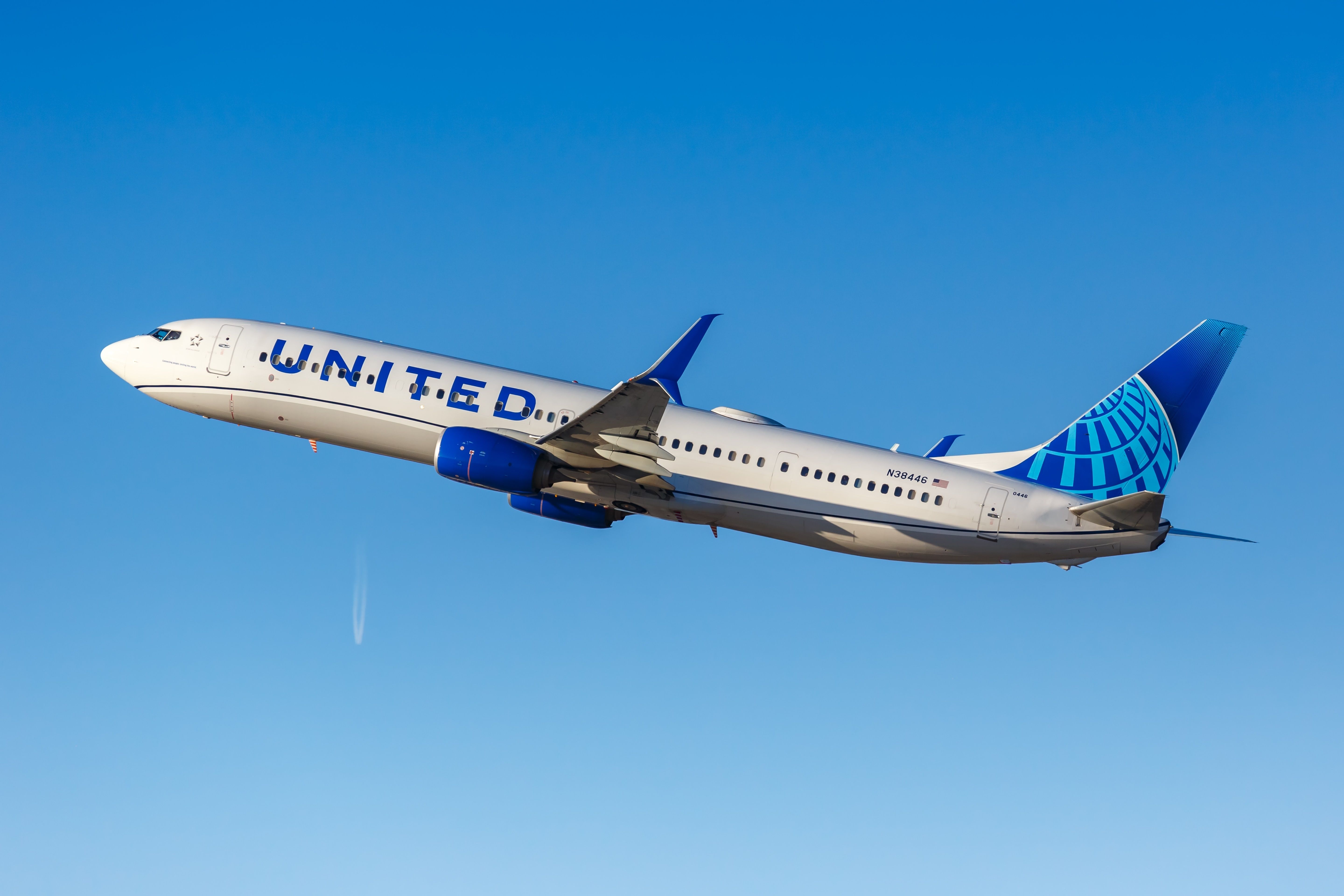
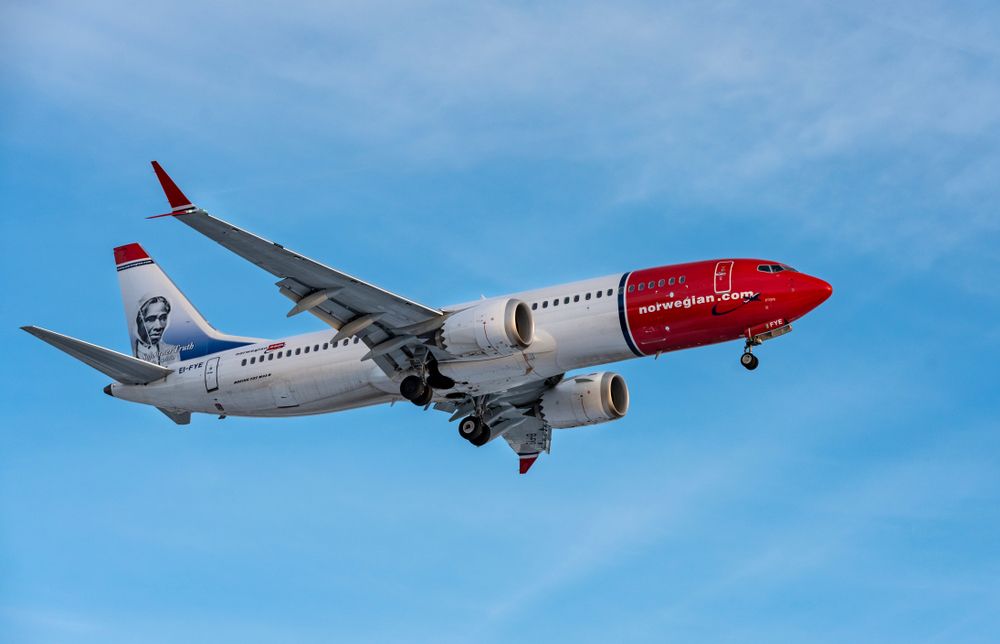
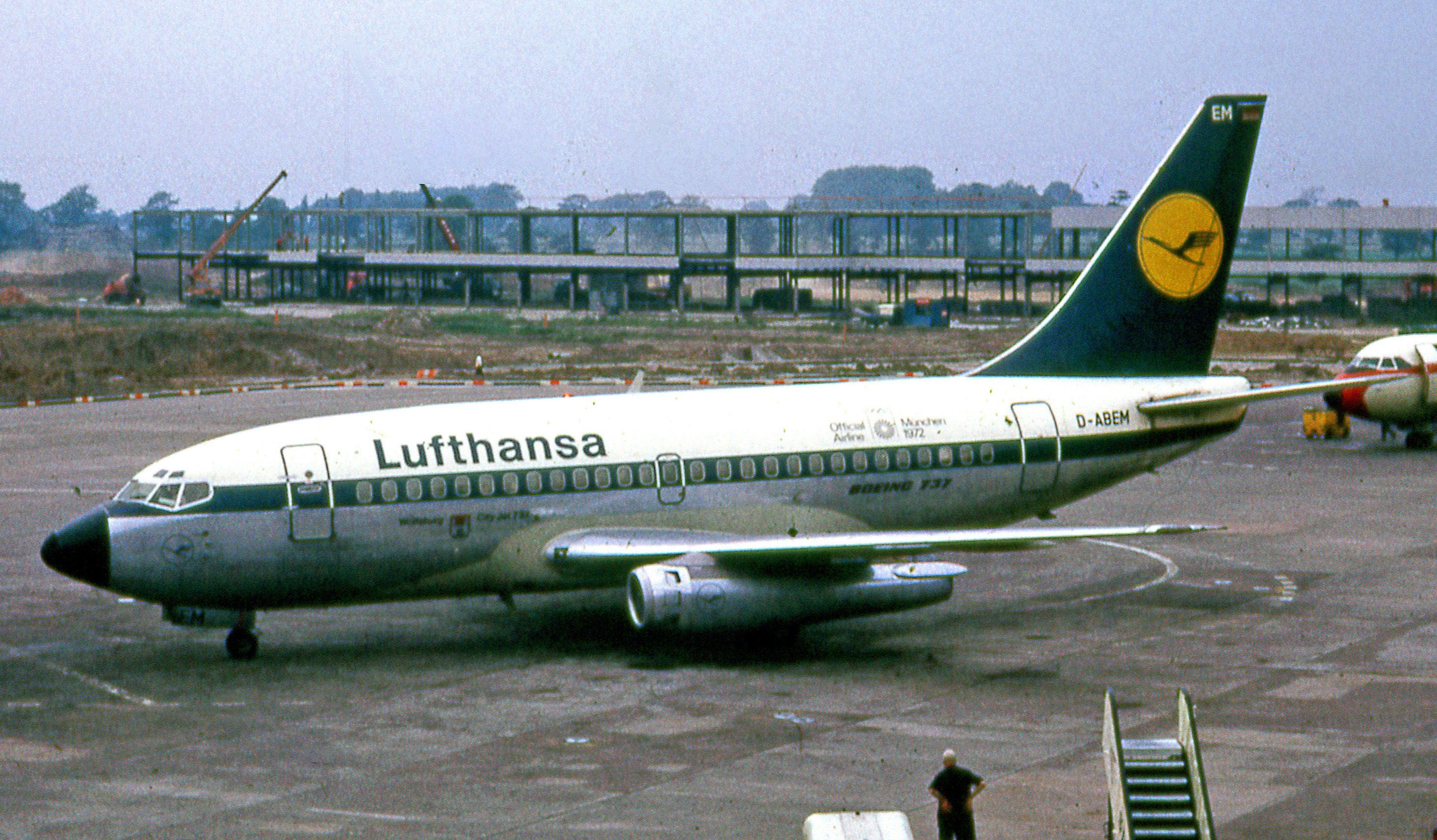
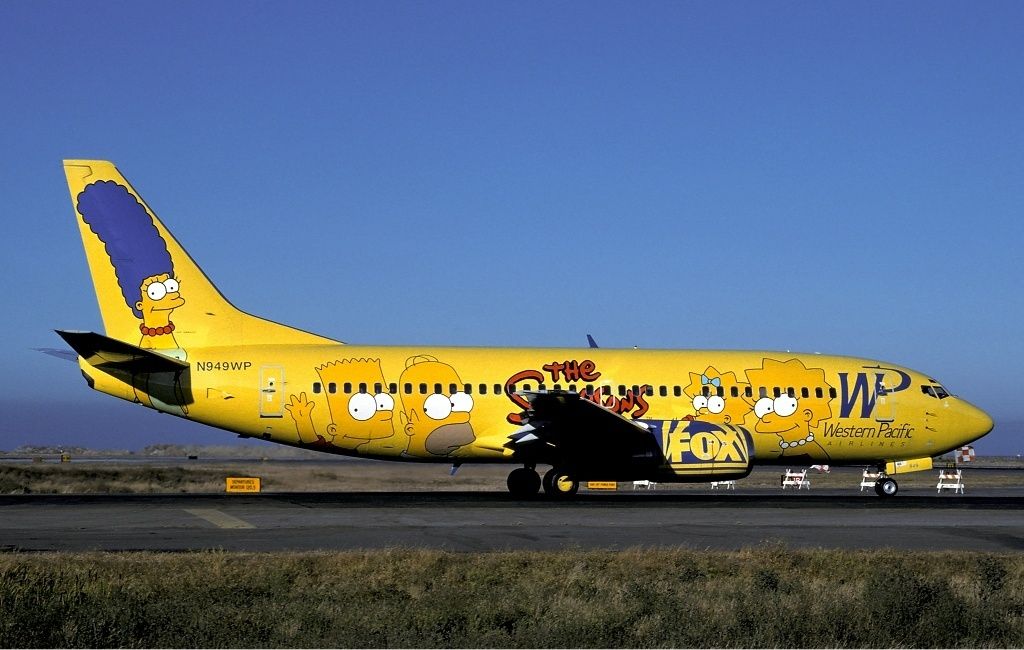
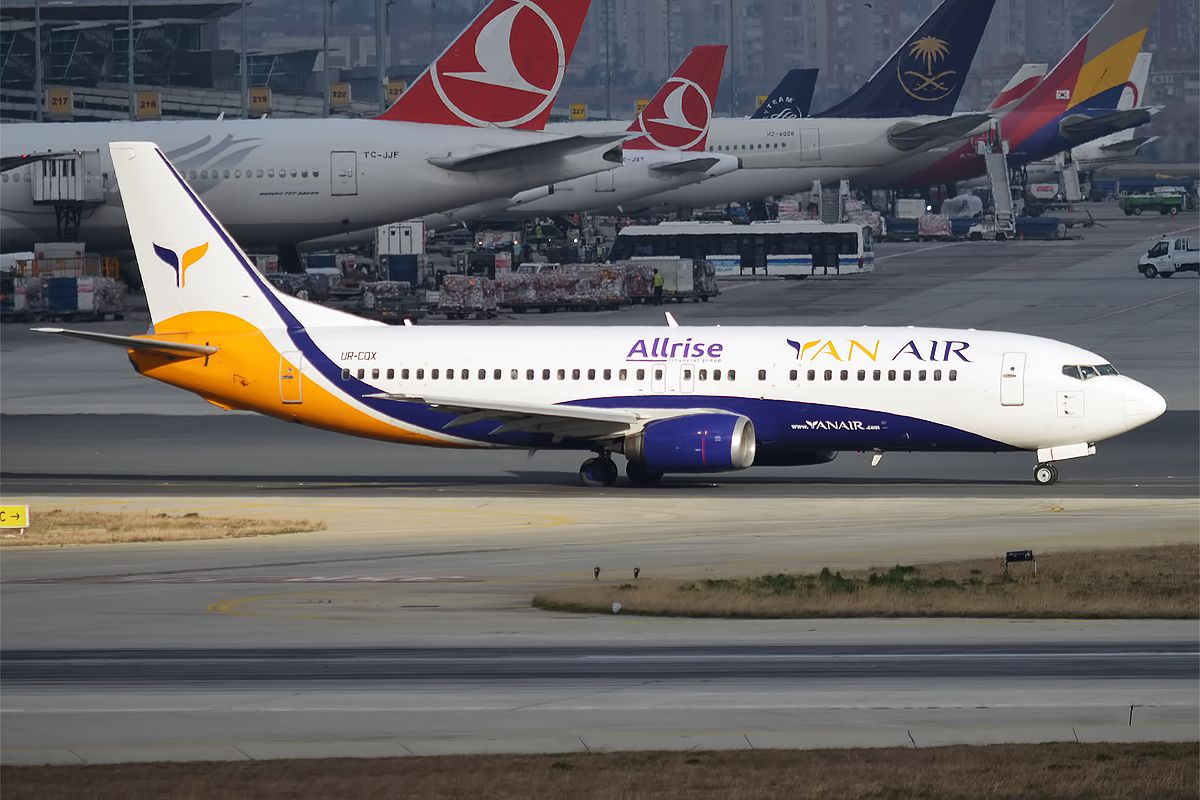
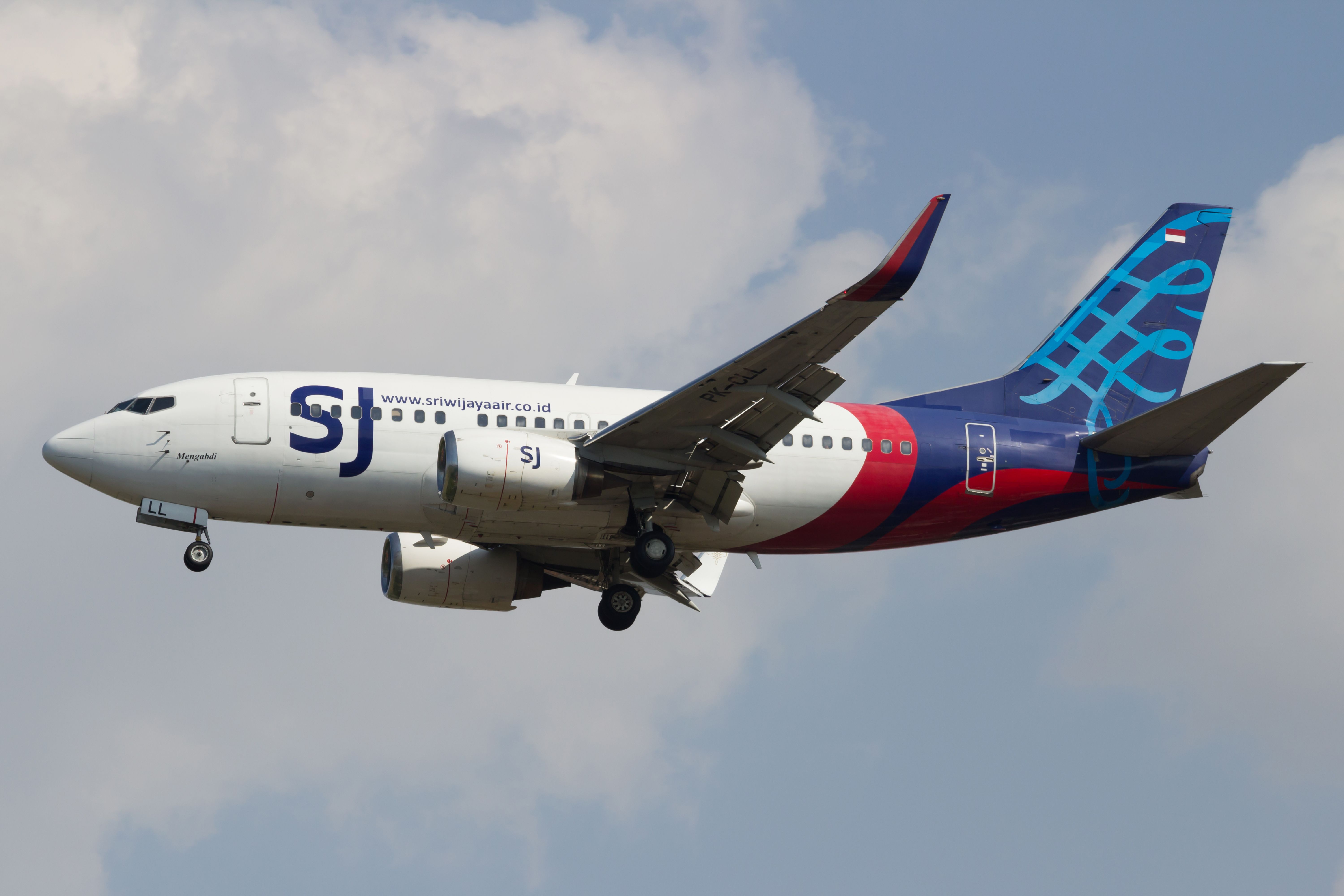
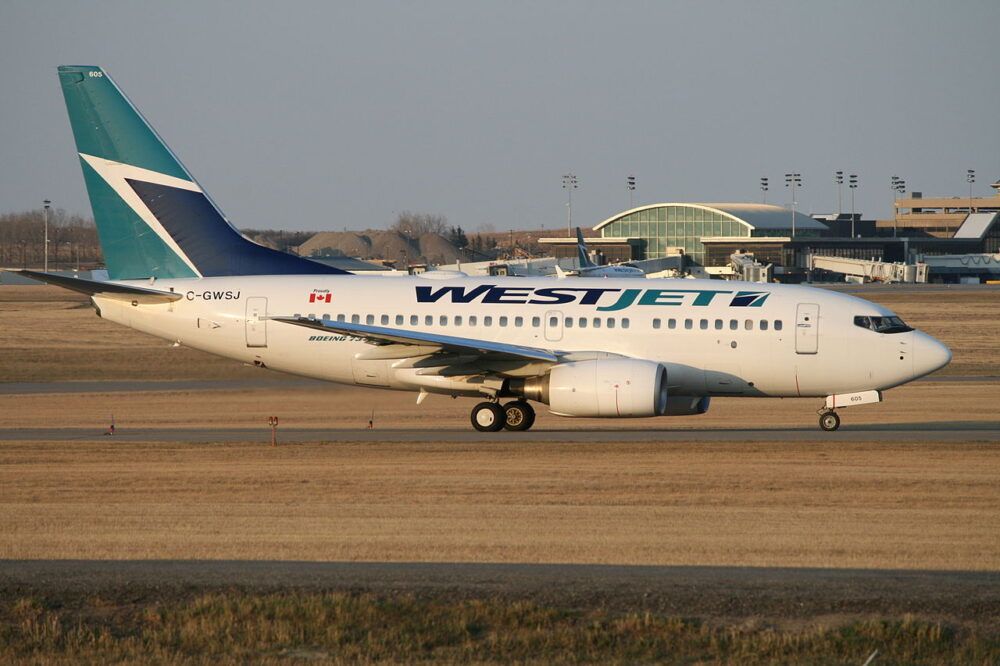

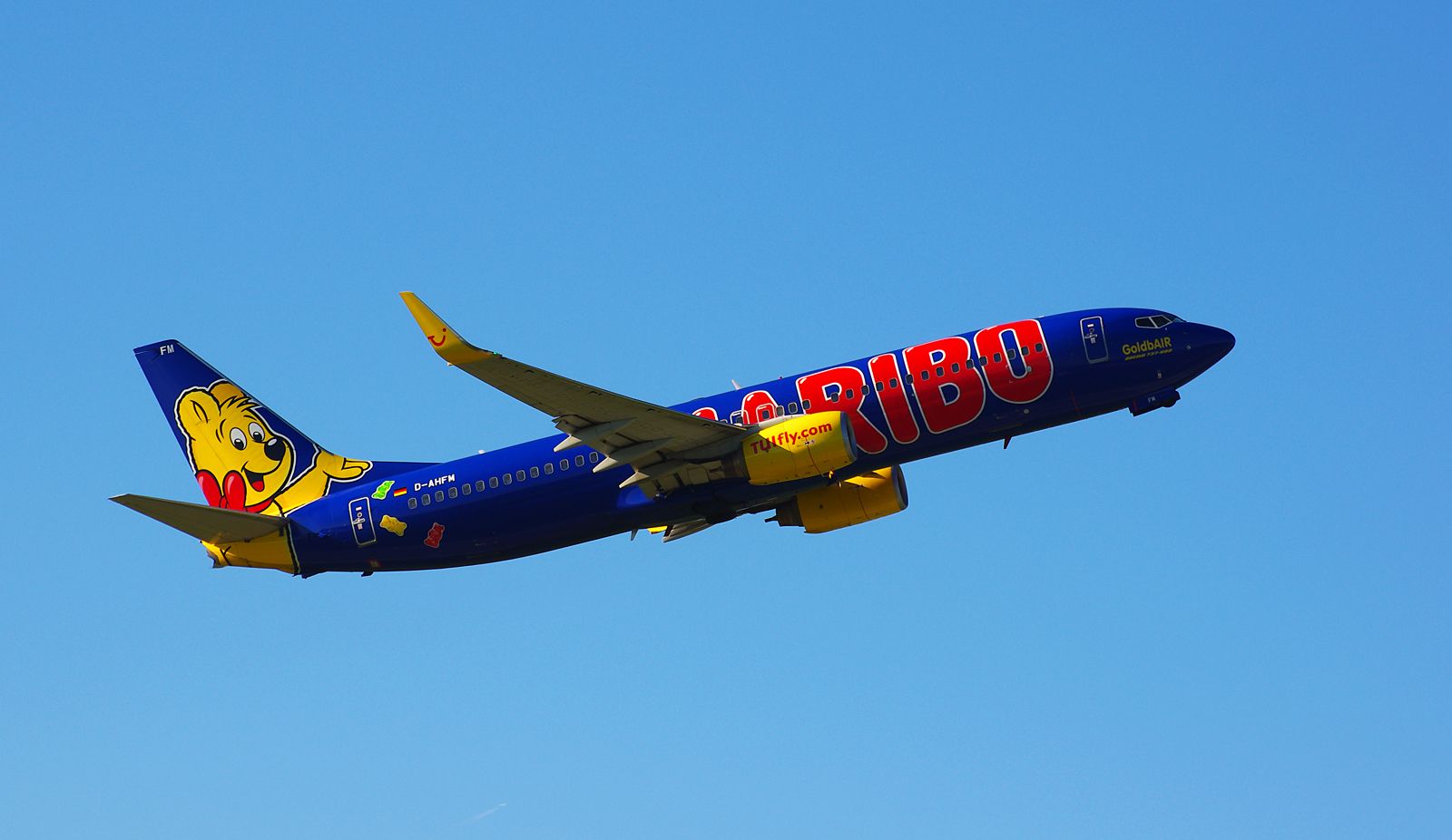
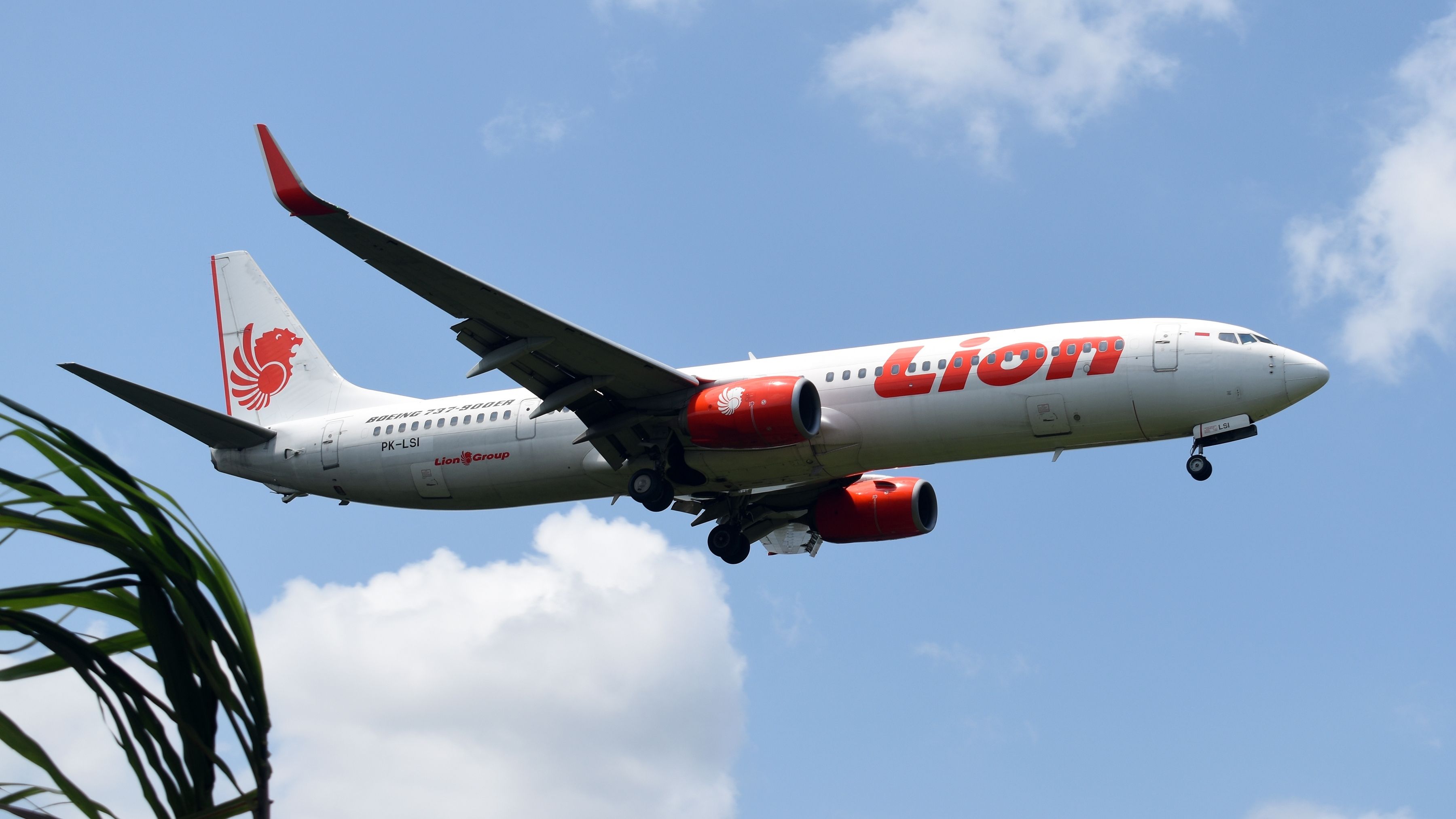
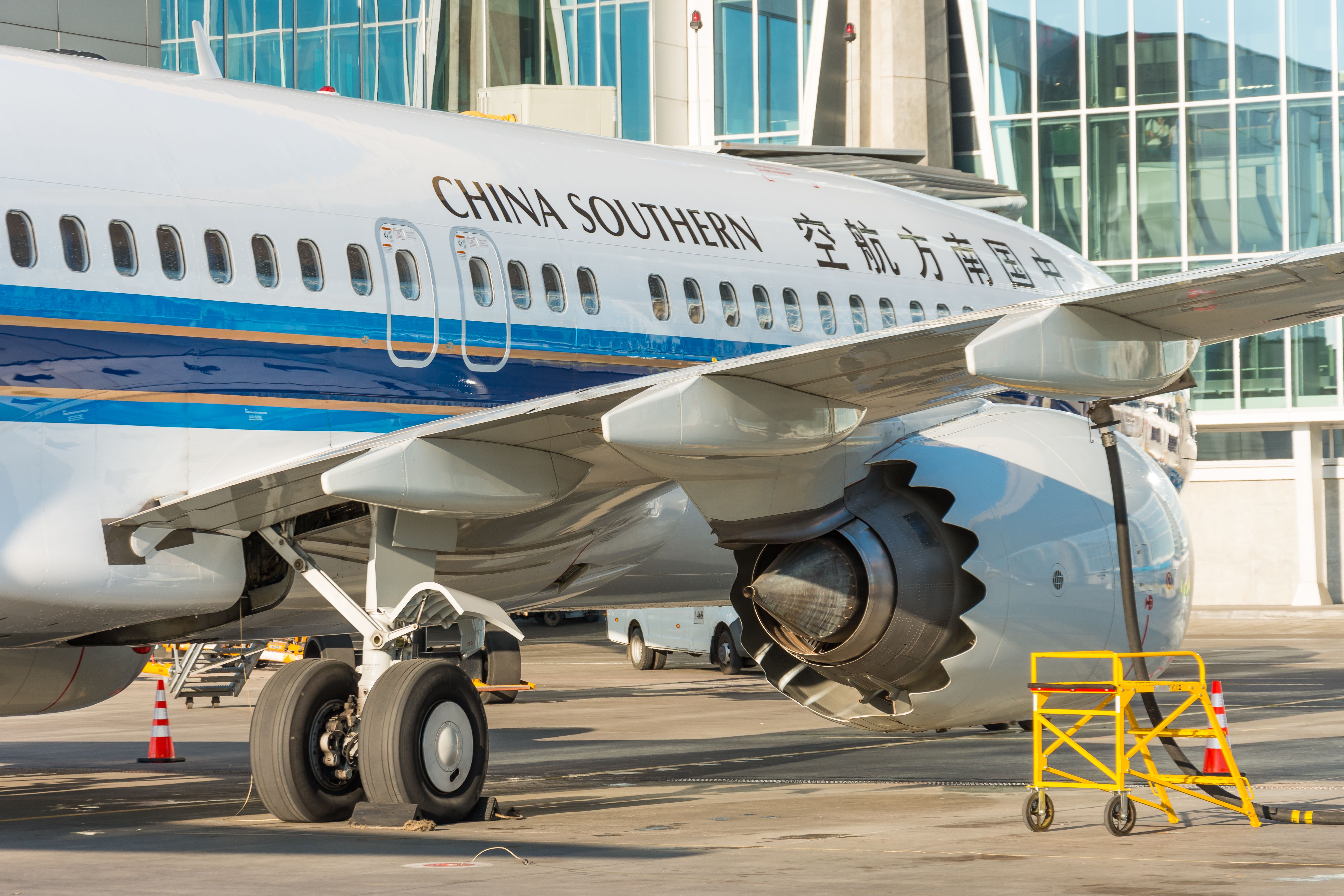


-Boeing-737-MAX-9-N932AK-(3)-1.jpg)
